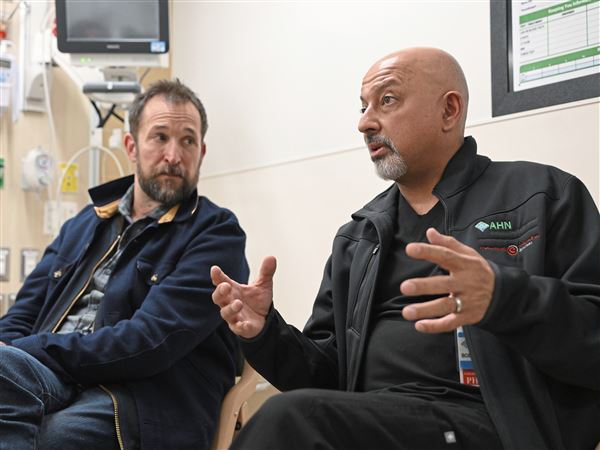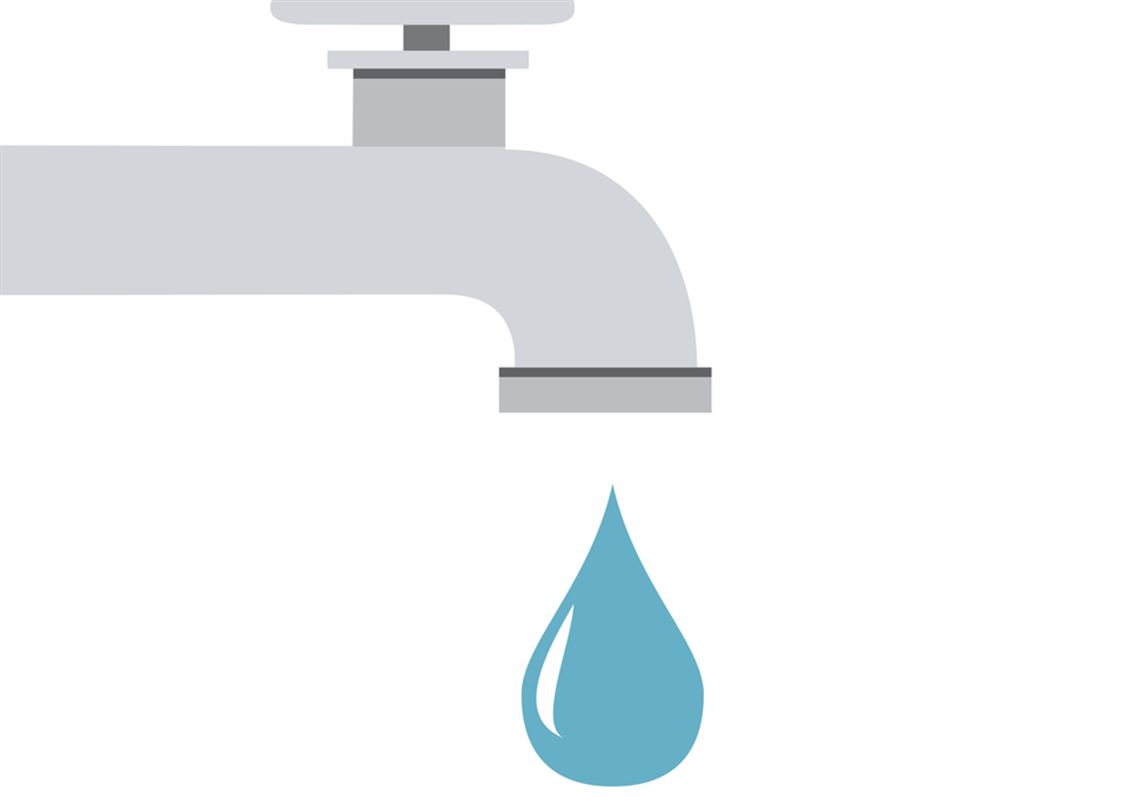As 50,000 students returned to Detroit Public Schools earlier this month, they found themselves without running water. Tests had found elevated levels of lead in the schools’ drinking water.
The crisis in Detroit is hardly an aberration. Studies have shown that many schools throughout the country are dealing with lead in their water.
According to a July report by the U.S. Government Accountability Office, 43 percent of the country’s school districts had tested for lead in 2017. Of those districts, 37 percent found “elevated levels” of lead in the water. Fifty-seven percent of school districts, serving more than 35 million students nationwide, either had not tested for lead in the past two years or did not know if they had tested.
The issue in many cases is not a tainted water supply, but old lead pumping. Replacing pipes is an expensive process, however, and budgetary restraints have prevented many schools from rectifying the problem.
There are cost-effective ways to improve the situation, such as routinely flushing water lines. Schools should also test the lead content of their water more frequently.
As of September 2017, only seven states — California, Illinois, Maryland, Minnesota, New Jersey, New York and Virginia — and the District of Columbia had laws requiring schools to test for lead in the drinking water.
This year, Pennsylvania amended its school code to require that schools either test their water for lead or inform their community that they will not perform the tests. State Sen. Art Haywood, D-Montgomery, said he had wanted the testing requirement to be mandatory, but others were concerned about the cost.
“My position is that the cost to our communities and our children of having the lead ingested is a much higher cost than doing testing,” Mr. Haywood told WHYY in Philadelphia.
Mr. Haywood is right. Precautionary measures like flushing a water line or testing lead levels prevent a situation in which children are denied access to drinking water or, worse, ingest contaminants that could threaten their lives. The cost is worth it.
First Published: September 15, 2018, 4:00 a.m.

















